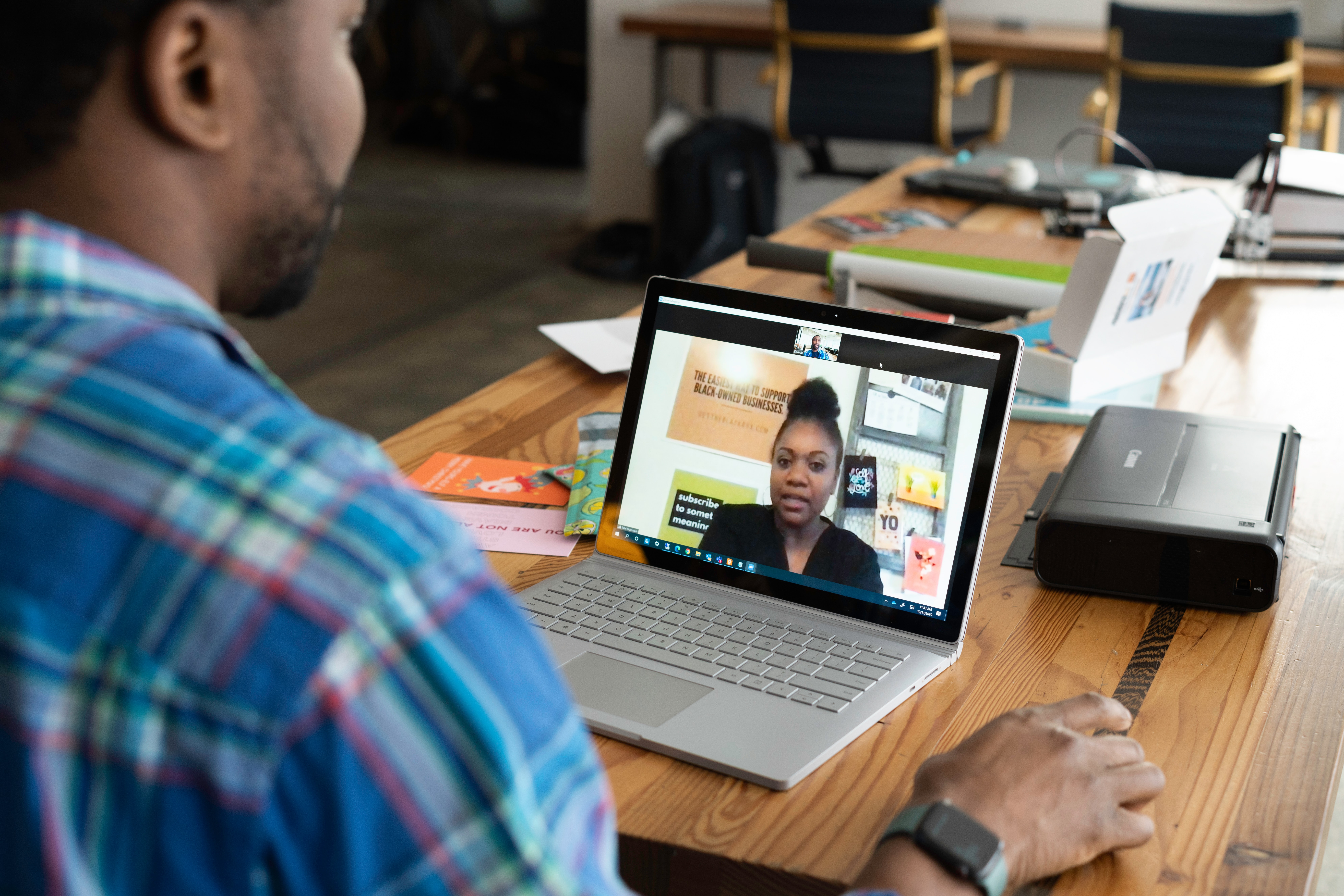Like the rest of the VTSU transformation teams, the Teaching and Learning Innovation sub-team is preparing for its “design gate” with sponsors in early October. We are also expecting that the new VTSU Director of the Center for Teaching and Learning will be named any day now and begin work in early October, as well.
F2F+ Pilot Update
In the meantime, 27 faculty have undertaken a pilot teaching their courses in the F2F+ modality*.
The premise of the pilot is fairly simple: teaching F2F+ does not simply mean turning on the camera to allow someone to view the class session remotely. Nor is it “bi-modal” in the sense that faculty have to manage two different modalities. It proposes that F2F+ is a singular modality. The goal of the pilot is to determine best practices for this new modality, proposed and tested by faculty. The pilot faculty spent the summer working together in sometimes intensive ways: attending workshops, joining small cohorts of faculty across campuses, reading books and articles, and workshopping the design of their courses. We have begun that that conversation among the pilot faculty and will expand it to the larger faculty as we get ready for the launch of VTSU.
Delivering courses with equity for all learners.
Among the most significant questions that pilot faculty have taken on has to do with equity. How can instruction in the course provide an equitable experience for students attending remotely? We know that the experience won’t be the same for in-person and remote students. But the conditions of the course should allow for and promote all students in the course to achieve the learning outcomes of the course.
trying to answering the question of how to do it has meant rethinking many aspects of course design and delivery. First and foremost, the faculty evaluated their teaching to make sure that it met standards of accessibility and then took a deep dive into principles of universal design. Many faculty in the group adopted a tenet of UDL: that when we consider the special needs of learners in the course, it makes the course better for all of the learners. In the case of the pilot, many are testing the idea that equity can be achieved by designing for the remote learner first.
Making robust use of Canvas
For many of the faculty, designing courses in this “remote-first” way means rethinking how they use Canvas. We have long been promoting the idea that some basic use of Canvas for course organization has huge benefits for students. This includes:
- Posting the syllabus and all relevant schedules and policies on Canvas
- Organizing course materials chronologically in modules
- Using dated assignments, preferably collected online
- Using the gradebook and keeping it up to date.
This approach to Canvas imagines it as the “home base” of the course. This approach will seem like a change for some of us; we may prefer to go into the classroom and use instructional time for keeping the course organized. We hand out materials, go over assignments, meet with students after class, etc…. Much of that needs to be provided in different ways for remote learners who don’t have the benefit of being in the physical classroom space. Canvas fits the bill, and using it this way is beneficial for all.
Pilot faculty are testing how much “remote-first” design is appropriate. Some have chosen to go as far as designing their courses as “a-synchronous courses” with all of the course available online. This enables them to add a third possibility for student attendance: working with course materials on their own, usually by watching recordings of the course sessions and engaging with the course materials in other ways. This is called hy-flex design.
Experimenting with software
Much of the pilot faculty work has been exploring new software that will enable new kinds of engagement. Faculty have been working with:
- Interactive white boards that can be viewed in the classroom and shared digitally over Zoom
- Interactive presentation software such as Nearpod
- New forms of polling and ways to gather students’ reactions and responses, such as the shared whiteboard space, Miro
One important underlying concept for this use of software is “one Zoom/all Zoom” which basically means that all students join Zoom. In practical terms, this happens with classroom students using laptops to join the Zoom session along with remote students. This approach has the benefit of assuring that all students are present in discussions and interactions, rather than the classroom students appearing as blips on a wide-angle view of the classroom.
The increased use of software has led to further equity questions: how can we assure that all of the students have the technology that they need to be successful? To answer this question, several sections have equipped all students in the course with iPads. Depending on the outcome of this experiment, VTSU may pursue this “1:1 approach” for more of the student body.
Testing classroom equipment
We all know that we currently don’t have the capacity to deliver F2F+ at the scale that we will when VTSU is up and running. Rest assured that we will have it when we need it. At least five Transformation sub-teams have been working on different aspects of the problem, and F2F+ pilot faculty have been consulting with a special committee of IT Services to help determine the best path forward.
In a nutshell, the situation is this: outfitting a full “telepresence” classroom is expensive, costing at least $50,000 per room, if not significantly more. There are, however, basic needs: rooms need a quality camera, but perhaps the bigger challenge comes with sound. Outfitting a classroom with the equipment that enables remote students to hear students in the classroom is no small challenge, especially when it has to be done at scale in many rooms. So the faculty are contributing to a discussion of the best design for classrooms, and many of them are testing prototype designs. The aim is to use their insights to finalize the plans for new, standardized classroom designs for throughout the VTSU.
The F2F+ Pilot is in its early weeks of this year-long project. We hope to be able to report more insights and opportunities to join in conversation with them as the year goes on.
*F2F+ has been used both for program modality and course modality. After some feedback, the program modality is settling down to INP+ and the course modality will be F2F+. This is a change as of this week.



